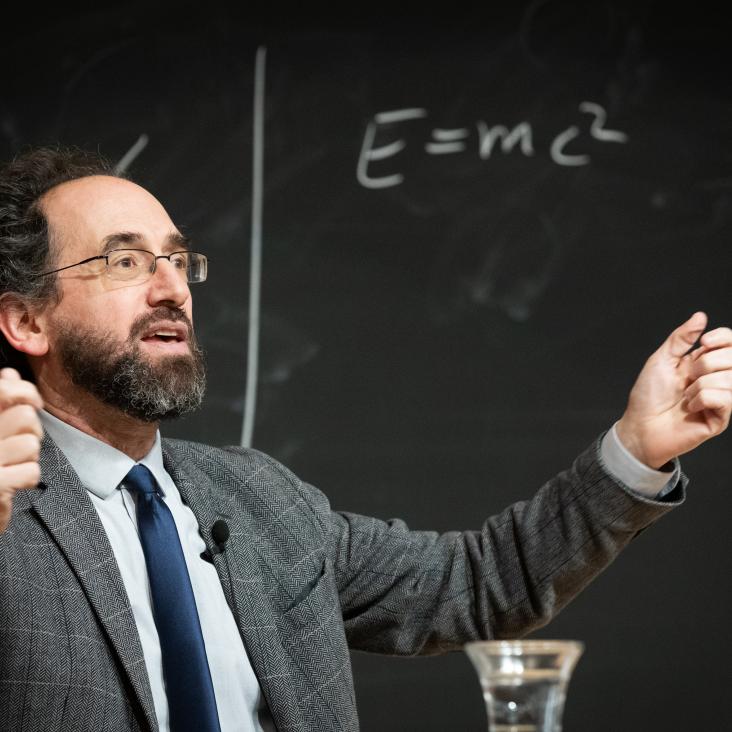Oscillating sign of drag in high Landau levels
PHYSICAL REVIEW LETTERS 87:10 (2001) ARTN 106803
Communication through a Diffusive Medium: Coherence and Capacity
(2000)
Quasiparticle Spectrum of d-wave Superconductors in the Mixed State
(2000)
Communication through a diffusive medium: coherence and capacity.
Science 287:5451 (2000) 287-290
Abstract:
Coherent wave propagation in disordered media gives rise to many fascinating phenomena as diverse as universal conductance fluctuations in mesoscopic metals and speckle patterns in light scattering. Here, the theory of electromagnetic wave propagation in diffusive media is combined with information theory to show how interference affects the information transmission rate between antenna arrays. Nontrivial dependencies of the information capacity on the nature of the antenna arrays are found, such as the dimensionality of the arrays and their direction with respect to the local scattering medium. This approach provides a physical picture for understanding the importance of scattering in the transfer of information through wireless communications.Collective excitations in low-density 2D electron systems
Physica E: Low-Dimensional Systems and Nanostructures 6:1 (2000) 165-168


